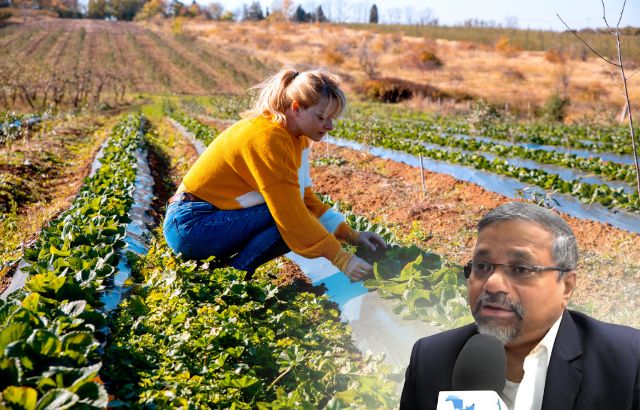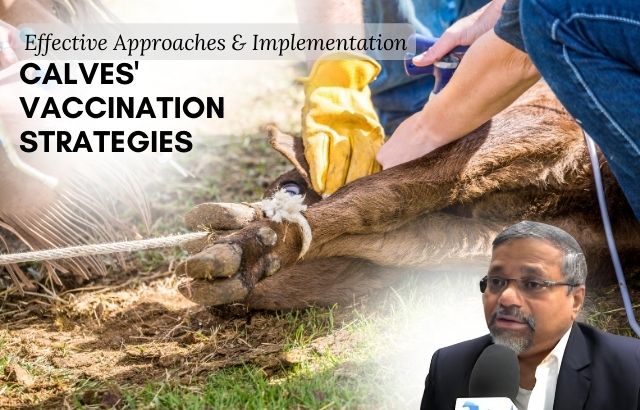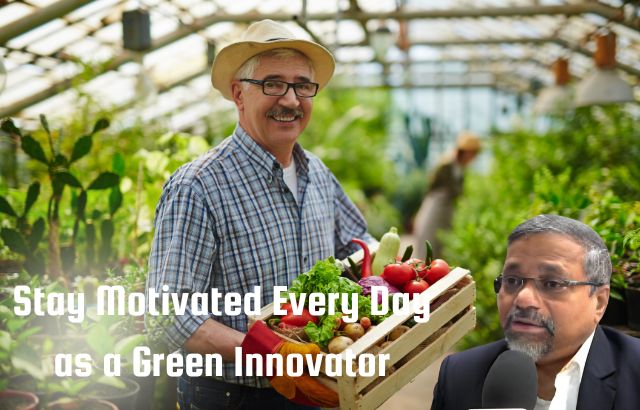In an era where sustainability and environmental responsibility are gaining increased importance, farmers are being presented with new opportunities to make their practices more eco-friendly and cost-effective. One such innovation is the adoption of green herbicide safeners. These are chemicals designed to protect crops from the negative effects of herbicides, improving crop yields and reducing the environmental impact of traditional farming practices. But beyond the environmental benefits, what are the economic advantages for farmers who opt for sustainable herbicide practices? Let’s explore how this choice can positively impact farmers’ bottom lines.
Understanding Green Herbicide Safeners
Before diving into the economic benefits, it’s essential to understand what green herbicide safeners are. These are substances that, when added to herbicide formulations, mitigate the harmful effects of herbicides on crops. Essentially, they protect desirable plants from the herbicide’s toxic effects while allowing it to target unwanted weeds. By incorporating these safeners, farmers can optimize weed control without risking damage to their crops, thus increasing the efficiency of herbicide use.
Economic Advantages for Farmers
1. Increased Crop Yields
One of the most direct economic benefits of adopting green herbicide safeners is the potential for higher crop yields. When herbicides are applied correctly with safeners, they control weeds effectively without harming the crops. Weeds are one of the leading causes of reduced agricultural productivity, and by minimizing weed competition, farmers can achieve a higher harvest. For instance, in wheat or soybean farming, the use of safeners can ensure that herbicides do not damage these crops, leading to a healthier, more abundant crop.
Example:
A study on soybean farming in the U.S. showed that using safeners alongside herbicides could increase soybean yields by as much as 10-15%. If a farmer typically harvests 1,000 bushels of soybeans per acre, a 10% increase equates to an additional 100 bushels per acre. If the current market price for soybeans is $13 per bushel, this translates to an additional $1,300 per acre in revenue.
2. Cost Savings from Reduced Herbicide Use
Farmers often need to apply herbicides multiple times per season to manage weed populations effectively. However, herbicide overuse can lead to resistance, requiring the use of stronger, more expensive chemicals. Green herbicide safeners help by reducing the need for repeat herbicide applications. This not only leads to cost savings but also lowers the environmental impact of farming operations.
Example:
A farmer who typically spends $100 per acre on herbicide treatments might reduce herbicide use by 25% by incorporating safeners. This results in a savings of $25 per acre on herbicide costs. Over 100 acres, that’s $2,500 in savings annually.
3. Reduced Environmental Impact and Compliance Costs
Sustainable practices often come with long-term savings related to environmental impact reduction. Using green herbicide safeners can reduce the risk of herbicide drift and runoff, which can contaminate nearby water sources and damage surrounding ecosystems. In some regions, farmers may even face penalties or fines for using harmful chemicals. By adopting green herbicide safeners, farmers can avoid these potential costs and align themselves with government regulations and sustainability goals.
Example:
Farmers in the European Union may be eligible for subsidies or grants for adopting environmentally friendly agricultural practices. By using green herbicide safeners, farmers might qualify for such support, potentially saving hundreds or even thousands of dollars in compliance costs.
4. Increased Market Demand for Sustainable Products
There is a growing consumer demand for sustainably grown produce. As more buyers, from local markets to large corporations, prioritize environmentally friendly products, farmers who adopt green herbicides and other sustainable practices may gain access to premium markets or price incentives. This can significantly boost their profit margins.
Example:
A study by the Food and Agriculture Organization (FAO) found that sustainable farming practices can lead to a price premium of 10-20% on organic or sustainably grown crops. For a farmer selling 100 tons of corn at $150 per ton, adopting green herbicides might increase the sale price by $15,000 to $30,000 annually.
5. Long-Term Financial Sustainability
The use of green herbicide safeners can contribute to a more sustainable and profitable farming model in the long run. By reducing dependence on chemical inputs and improving soil health, farmers may experience increased soil fertility, which can result in better yields in subsequent seasons. The reduced reliance on harmful herbicides can also lower the chances of weed resistance, which can become an ongoing financial burden.
Example:
Farmers who adopt integrated weed management practices, including the use of safeners, can reduce herbicide resistance and the need for more costly, intensive weed control measures. This can save significant amounts of money over the years.
The Role of Green Innovators in Agriculture

Green innovators are playing a crucial role in shaping the future of agriculture by introducing products like green herbicide safeners. These innovators work to bridge the gap between scientific research and practical farming applications. By collaborating with farmers, regulatory bodies, and environmental groups, green innovators are creating products that not only address environmental challenges but also offer significant financial benefits to farmers.
Green innovators play the following roles:
- Research and Development: They are at the forefront of developing new safeners that can be safely and effectively used with existing herbicides.
- Education and Training: They provide farmers with the knowledge and skills needed to use green herbicide safeners effectively.
- Partnerships: By partnering with agricultural suppliers and environmental organizations, green innovators ensure that sustainable practices are economically viable for farmers.
Frequently Asked Questions (FAQs)

1. What are herbicide safeners and how do they work?
Herbicide safeners are chemicals that protect crops from the harmful effects of herbicides. They help prevent damage to crops by allowing herbicides to target weeds more effectively while reducing harm to the crops.
2. Do green herbicide safeners increase the cost of farming?
While the initial investment in green herbicide safeners may be higher than conventional herbicides, the long-term savings from reduced herbicide use, increased crop yields, and reduced environmental compliance costs can offset these costs.
3. Can green herbicide safeners be used with all types of crops?
Yes, green herbicide safeners can be used with a wide variety of crops, including corn, soybeans, wheat, and vegetables. However, it is essential to follow manufacturer recommendations for each crop type.
4. Are there any environmental benefits to using green herbicide safeners?
Yes, by reducing herbicide runoff and drift, green herbicide safeners help minimize environmental pollution, protect water quality, and support biodiversity.
5. How do green herbicide safeners affect crop yield?
Green herbicide safeners can improve crop yields by reducing the damage that herbicides can cause to crops, allowing them to grow more effectively without weed competition.
Conclusion
Adopting green herbicide safeners offers farmers several economic advantages, from increased crop yields to cost savings on herbicide applications and compliance with environmental regulations. The role of green innovators in advancing these technologies is vital in ensuring that these solutions remain accessible, cost-effective, and beneficial for farmers. By making sustainable choices, farmers can improve their profitability while contributing to a healthier planet.












